Inbox and Environment News: Issue 417
August 18 - 24, 2019: Issue 417
Barrenjoey Performance Space: We Have Glass!
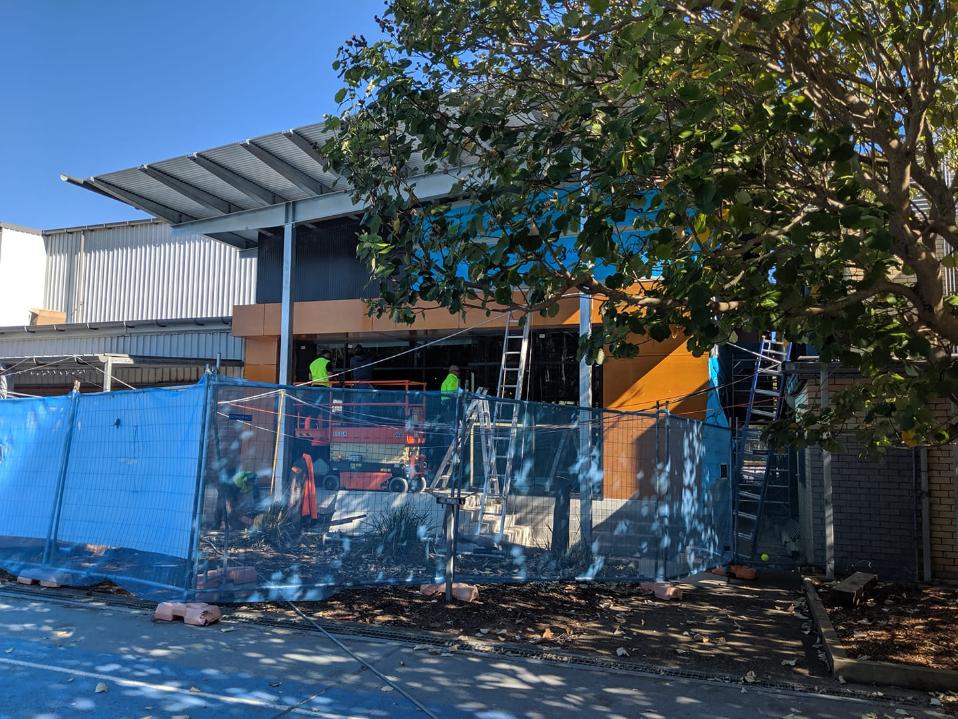
Please Take Your Fishing Line, Hooks And Plastic Bait Packaging Home With You
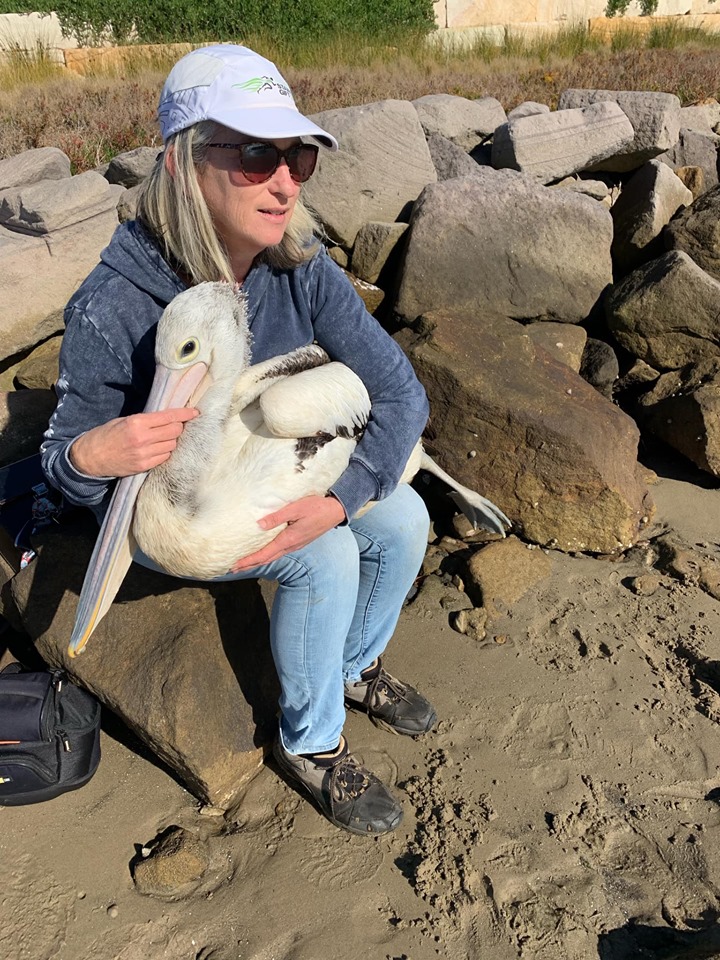
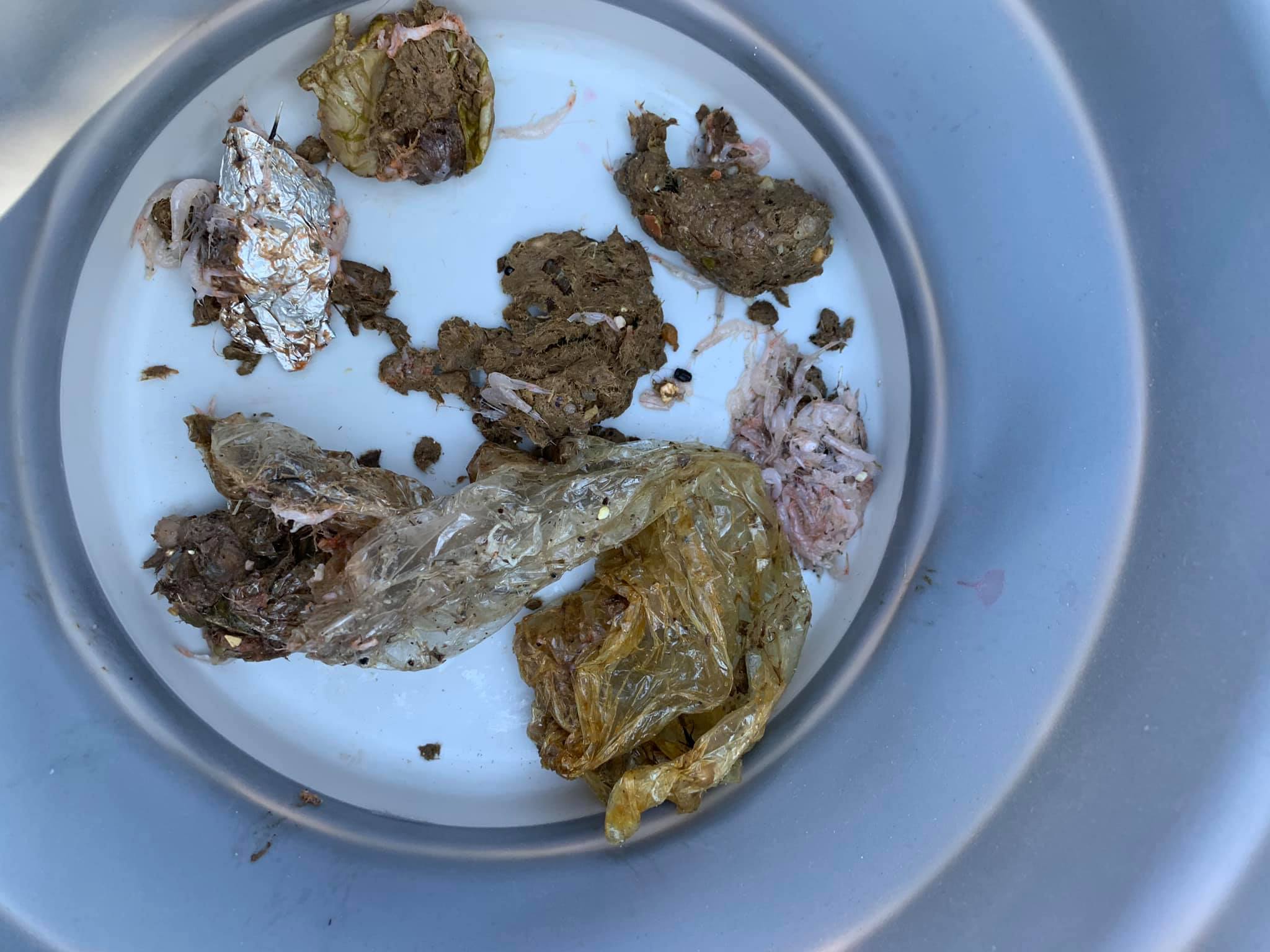
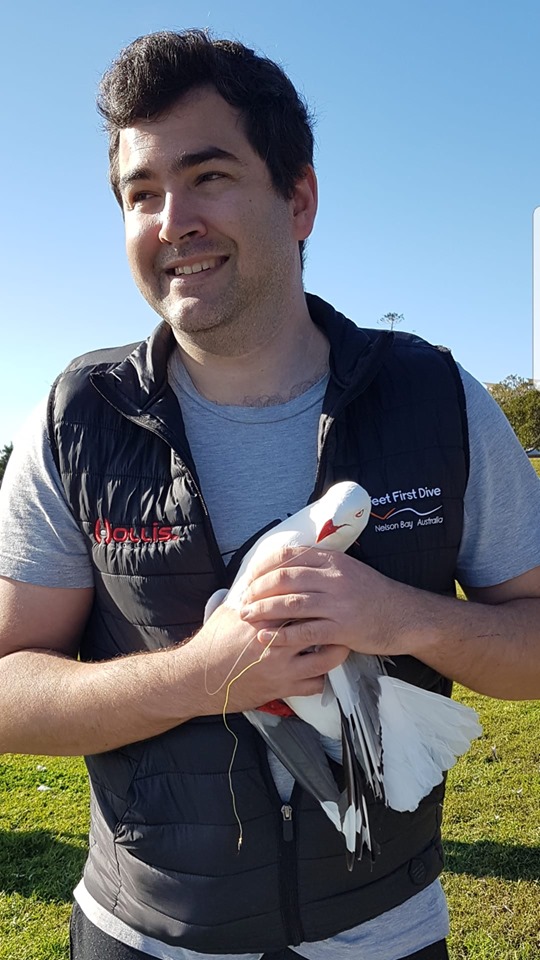
Aussie Bread Tags Collection Points

Muogamarra Nature Reserve Open Season
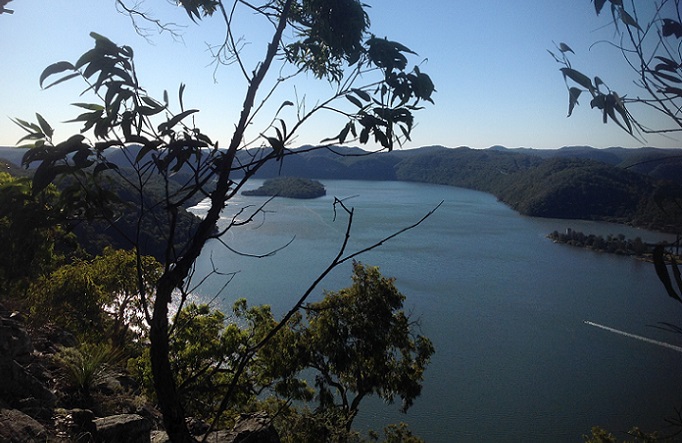
Mona Vale Beach Clean
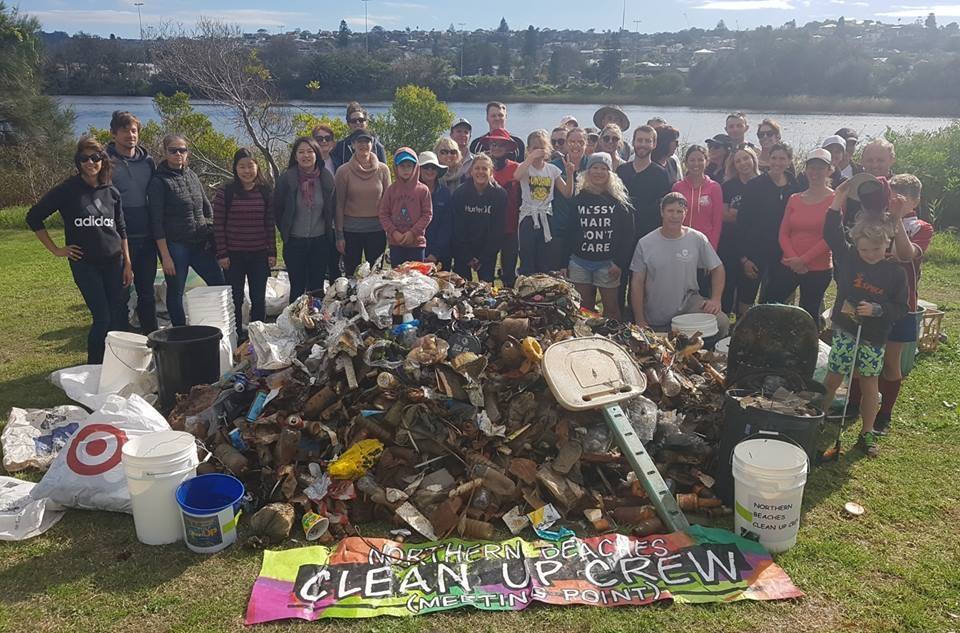
Spring Fair
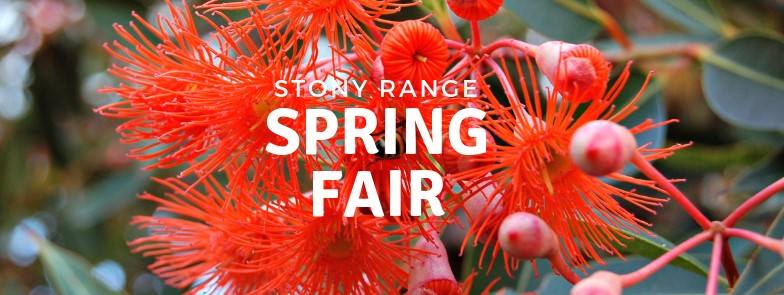
Mona Vale Garden Club's 48th Spring Flower Show
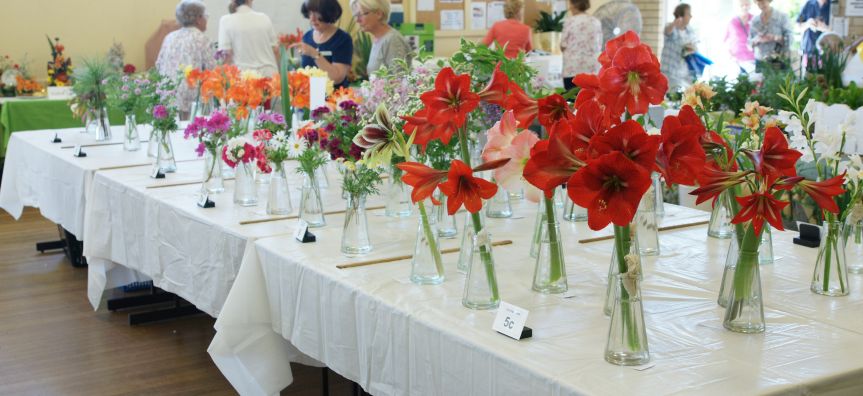
SeaWeek: Celebrating The Sea
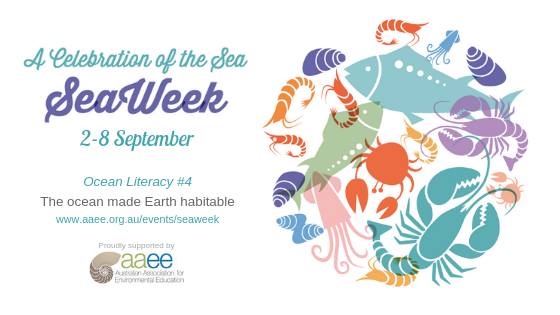 SeaWeek is Australia’s annual celebration of the sea. Since 1988, SeaWeek has encouraged community awareness and appreciation for marine and coastal environments. Each year is a different theme, providing educators with specific messages and avenues through which to engage people in learning about and enjoying the ocean.
SeaWeek is Australia’s annual celebration of the sea. Since 1988, SeaWeek has encouraged community awareness and appreciation for marine and coastal environments. Each year is a different theme, providing educators with specific messages and avenues through which to engage people in learning about and enjoying the ocean.- Most of the oxygen in the atmosphere originally came from the activities of photosynthetic organisms in the ocean. This accumulation of oxygen in Earth’s atmosphere was necessary for life to develop and be sustained on land.
- The first life is thought to have started in the ocean. The earliest evidence of life is found in the ocean.
- The ocean provided and continues to provide water, oxygen and nutrients, and moderates the climate needed for life to exist on Earth
Explore NSW Parks Online With Google Street View Trekker
Published on 13 Aug 2019 by NSW National Parks and Wildlife Service
Did you know you can explore NSW national parks online using Google Maps' Street View? Working with Google, NPWS rangers and staff have captured imagery in over 50 national parks using Google's special backpack Trekker. See our favourite virtual tours here: https://www.nationalparks.nsw.gov.au/...
Take a virtual tour of walking tracks, lookouts and campgrounds on the coast, deep within rainforests, and even in Outback NSW.
Simply drop and drag 'Pegman' into Google Maps from your computer or mobile device.
Emissions A Factor In Dartbrook Extension Refusal
- The impacts relating to air quality, noise, subsidence, groundwater and GHG emissions have not been fully considered in the application…
- The information provided up to this point regarding GHG emissions related impacts and the appropriateness of the methodology for estimating the social and economic costs of the projected emissions is unsatisfactory;
- The net present value of the cost of GHG emission impacts from the Applications over its 10-year life span have not been considered. Further there has not been any proposal to minimise, mitigate or offset these impacts…
- The timing of information supplied in relation to GHG emissions was unsatisfactory. GHG emissions were dealt with in the [Air Quality Impact Assessment] and information on Scope 3 emissions was only provided after the Public Meeting has been held which deprived the public and stakeholders of an opportunity to comment at an earlier stage of the proceedings…
- A 5 year extension of the Project to 2027 would not be in accordance with ESD principles, in particular the precautionary principle as there is insufficient information available to the Commission to enable a comprehensive and information consideration of the impacts and risks inherent in a 5 year extension…
- The 5 year extension would not be in accordance with the principle of inter-generational equity given the lack of rigorous assessment of air quality impacts, GHG emissions, noise impacts and social impacts should the full operations approved under DA 231-7-2000 commence.
- The IPC’s consideration of GHG emissions is set out in [128] to [134] of the Decision. At [129] the IPC referred to the Rocky Hill Decision and noted that “the decision confirmed that indirect, downstream GHG emissions are a relevant consideration to take into account in determining applications for activities involving fossil fuel extraction.”
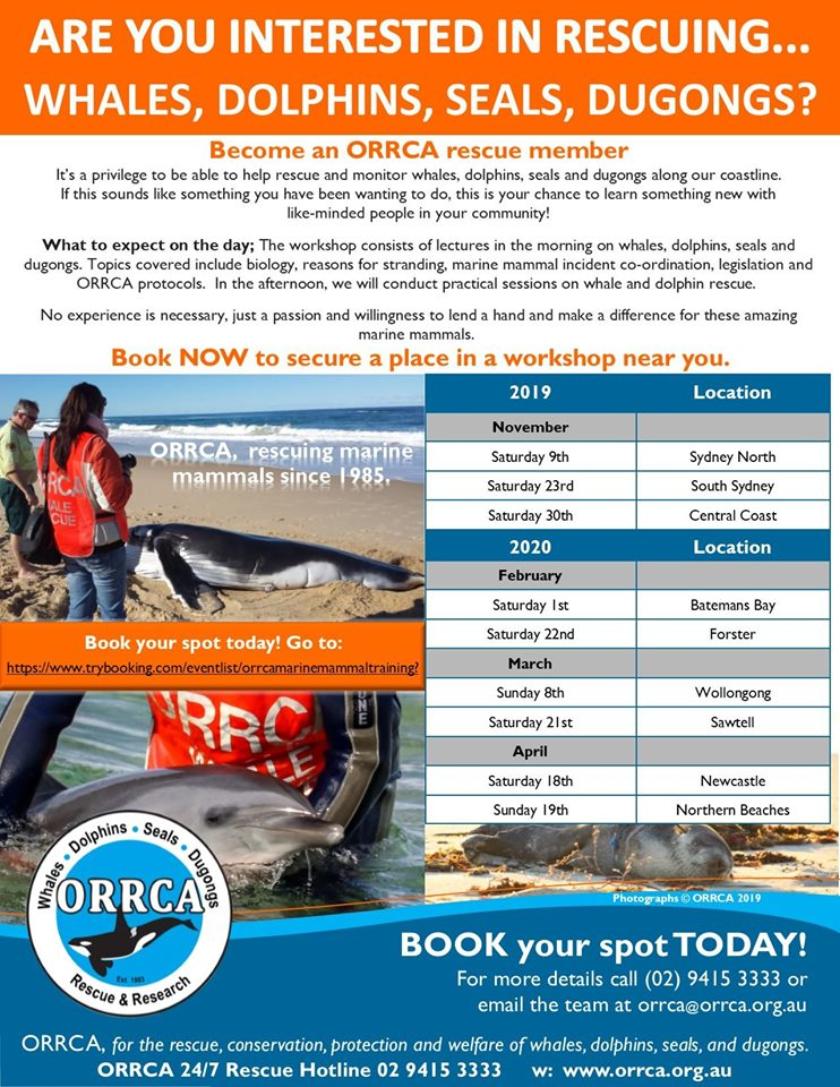
Human Impacts On Oceans Nearly Doubled In Recent Decade
Barrenjoey Seal Colony Growing
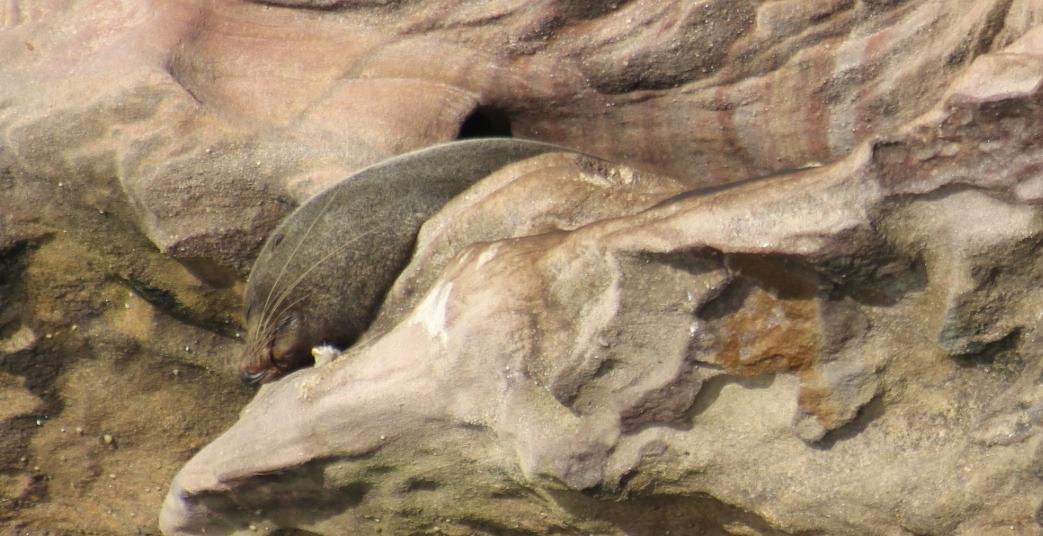
Catch A Glimpse Of A Humpback Whale
Visit a coastal NSW national park to spot a humpback whale, as they start their annual migration north.
From May to November 2019, over 30,000 humpback whales will migrate from the cold waters of Antarctica to the warmer waters off north east Australia to mate and give birth before heading south again.
Vantage spots for whale watching include national parks with lookouts, headlands and foreshores.
Southern right and minke whales may also be spotted off the NSW coast during migration season.
Keen whale-watchers can download the free Wild About Whales mobile app, which helps users find the best locations for spotting whales, get real-time notifications of nearby sightings, and record their sightings.
Environment Minister Matt Kean said the app is a great tool for the whole family to learn more about whales, while also contributing to a citizen science project.
“Citizen science volunteers and other organisations such as ORRCA do an amazing job of monitoring the number of whales migrating along the NSW coast each season,” Mr Kean said.
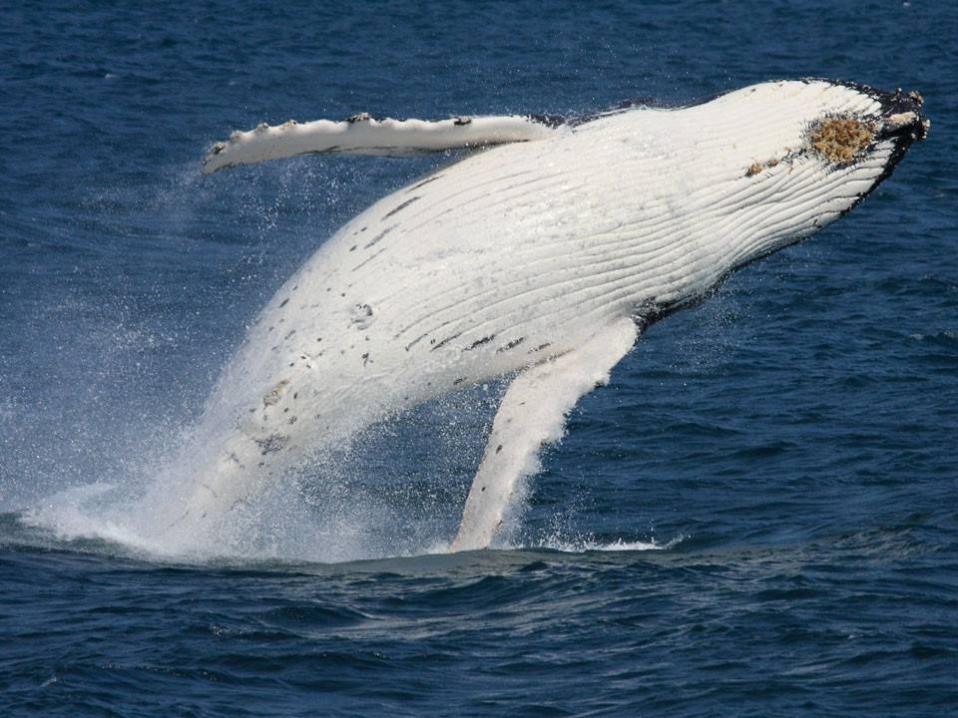
UNSW University Medal Winner Picks Up National Design Graduate Of The Year Award
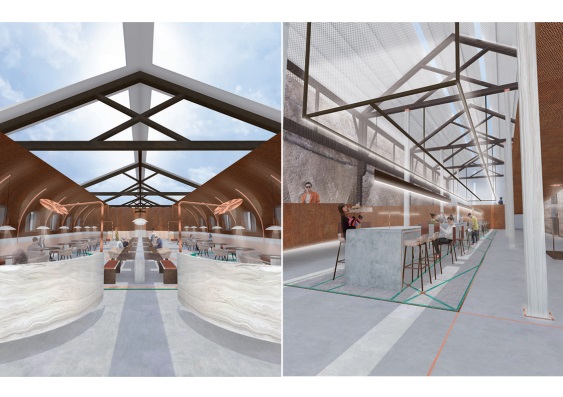
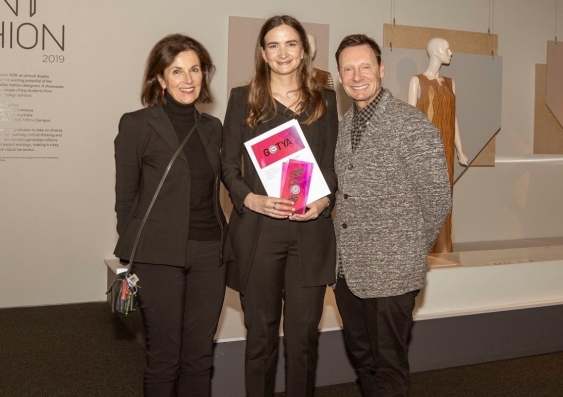
Building A Mentally And Physically Healthy Australia
- The 2030 mental health vision, including a new strategy specifically for children under 12 years
- The 10-year Primary Health Care Plan
- Continued improvement of private health insurance
- The 10-year National Preventive Health Strategy
- The 10-year Medical Research Future Fund (MRFF) investment plan.
- Ending avoidable blindness by 2025
- Ending avoidable deafness by 2025
- Eradicating rheumatic heart disease by 2030
- A 10 per cent annual increase in the number of people having at least one health check a year
- 60 per cent of pregnant women to have at least one health check in the first trimester
- Stopping the growth in type 2 diabetes among children and young people within five years.
Fast Food Availability Linked With More Heart Attacks
Jurassic World Of Volcanoes Found In Central Australia
Flavonoid-Rich Diet Protects Against Cancer And Heart Disease
Treat Insomnia Before Sleep Apnoea
- 52% in global insomnia severity, compared to 35% in the control group,
- 48% in night-time insomnia complaints, compared to 34%
- 30% in dysfunctional sleep-related cognitions (compared to 10%).
Judge Roasts ASIC Bank Crackdown; To Borrowers' Relief
Disclaimer: These articles are not intended to provide medical advice, diagnosis or treatment. Views expressed here do not necessarily reflect those of Pittwater Online News or its staff.